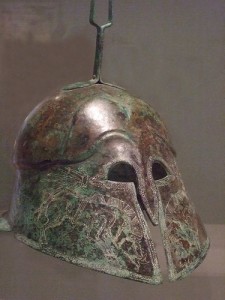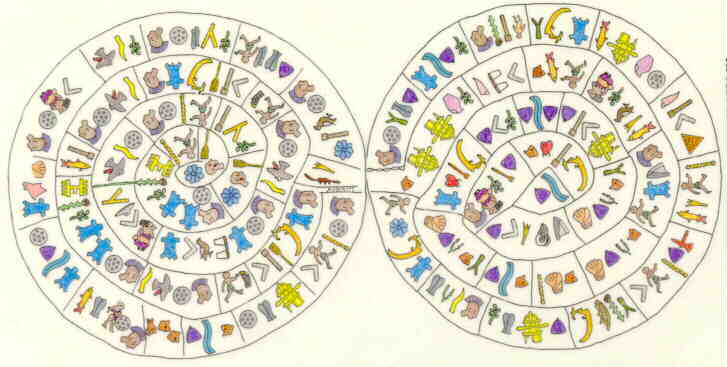 Students have long struggled, often in vain, with the rules of Latin grammar. The structure of sentences in Latin seems strange to the mind of an Indo-European native speaker. Also, Latin’s heavy use of gerundive and absolute constructions: all those verbal nouns entail a very different pattern of thinking than goes on in modern Indo-European languages.
Students have long struggled, often in vain, with the rules of Latin grammar. The structure of sentences in Latin seems strange to the mind of an Indo-European native speaker. Also, Latin’s heavy use of gerundive and absolute constructions: all those verbal nouns entail a very different pattern of thinking than goes on in modern Indo-European languages.
The Trojan Origin of Roman Civilization (TORC)
51,241 views
The Phaistos Disk Seems to Be Trojan
10,203 views
 The famous spiral disk found in Phaistos, Crete in 1908 has long defied efforts to translate it or even to identify the language in which it is written or what kind of a document it might be (it is here in color to aid analysis). Though many scholars and amateurs have proposed theories and even translations, none has seemed persuasive to the great majority of observers. A skeptical view holds that the disk is a forgery, but most scholars reject this. Many scholars agree that the small sample of language in the disk makes a breakthrough very unlikely unless and until other samples of the writing are found.
The famous spiral disk found in Phaistos, Crete in 1908 has long defied efforts to translate it or even to identify the language in which it is written or what kind of a document it might be (it is here in color to aid analysis). Though many scholars and amateurs have proposed theories and even translations, none has seemed persuasive to the great majority of observers. A skeptical view holds that the disk is a forgery, but most scholars reject this. Many scholars agree that the small sample of language in the disk makes a breakthrough very unlikely unless and until other samples of the writing are found.
